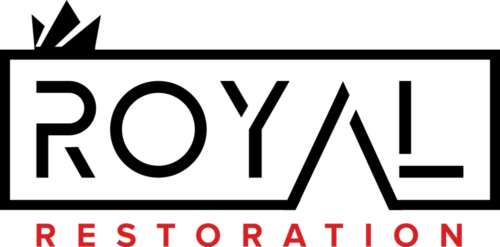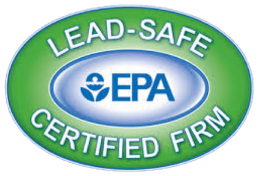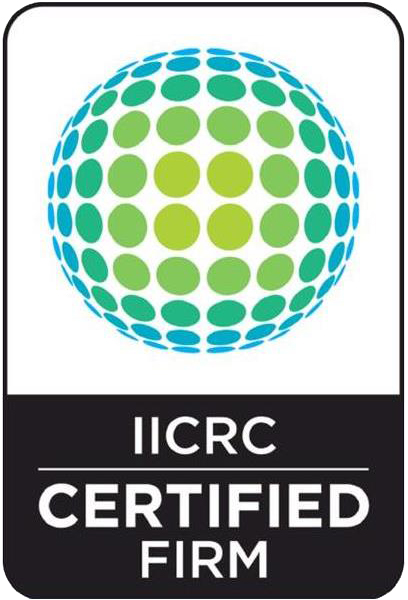Many of us would associate the term “biohazard” with hazmat suits, forbidden property, and barricade tape.
If you’re currently facing the challenges of identifying and dealing with biohazards, well, you need to know that you need professional restoration company to help you do it. However, if you need more help, let us guide you on your biohazard cleanup.
Table of Contents
What are Biohazards?
Biohazard, sometimes called organic hazard, is any biological material that could potentially pose risk to humans or to the environment. From the definition alone, we can say that these cover a wide range of possible materials. However, the most common types of biohazards include human blood, animal waste, human bodily fluids, industrial chemical compounds, and blood-borne pathogens.
There are four levels of biohazard safety according to the Center for Disease Control (CDC), these levels are given United Nations Numbers.
Stage 1- materials that pose minimal threat to humans and the surrounding environment, or ineffective transmission through contact.
Stage 2- materials that cause severe illnesses to humans and can be transmitted through contact.
Stage 3- high-risk pathogens that may become airborne and can trigger severe illnesses such as tuberculosis.
Stage 4- life-threatening pathogens for which there are no identified treatments.
Cleaning up biohazards can be demanding, therefore, it is important to understand and assess the different levels of biohazards to develop the best procedures to effectively and safely deal with them.
The general rule of thumb when it comes to biohazards is- if in doubt, call a biohazard cleanup company.
Now, let us learn the five categories of biohazard
Solid biohazardous waste (Non-sharp)
This refers to any materials that are in contact with body fluids, body tissue, or microbial culture. This type of hazardous waste is a container or gloves that are contaminated with this type of biohazard.
Other examples of solid biohazardous waste are appliances and furniture that are contaminated with sewage that leaks through the basement.
Liquid biohazardous waste
A very common example of this type is blood and other bodily fluids from humans and animals. The area where this type of hazardous waste comes into contact needs to be treated with disinfectant or chemicals.
Depending on the type of materials (a hard floor, or a carpet) and coverage of the contamination caused by liquid hazardous waste, you may need a household bleach or more industrial chemical disinfectant. But, if the leakage or contamination is significantly wide, then you will need to contact biohazard cleaning service for the proper and safe cleanup.
Biohazardous sharp
Needles that are contaminated with biological materials are very common examples of objects that are classified as biohazard sharp. Other than that, scalpels, microscopic slides, broken test tubes, and other broken objects made of glass are also classified as biohazardous sharp.
In case you’ll find these kinds of objects on your property, always consider them as biohazard. When these sharp objects puncture the skin, they can cause hazardous materials to enter your body.
Pathological Waste
Pathological waste refers to any type of waste usually from surgical procedures or research which involves the removal of organs, body tissues, or body parts except for teeth, hair, and nails. It can be from humans or animals.
Special care is necessary when dealing with pathological waste. It has to be double-bagged using the correct disposal procedure, or they also use absorbents, in order to prevent leakage. Some of these wastes should be refrigerated to slow down decomposition and minimize odors.
Microbiological Waste
This type of biohazardous waste is common in laboratories. This includes disposable culture dishes, specimen cultures, discarded viruses, and devices used by technicians to mix cultures. Microbiological waste contains infectious microorganisms, biologicals, and infectious agents.
This type of hazardous waste will be placed inside an autoclave, and then they are placed in the waste storage area. They will be treated depending on what other category the waste falls into.
What procedures do biohazard cleanup services conduct?
How they treat your biohazard depends on the nature of the hazardous waste.
Step 1: They will assess and examine the nature and category of the waste and the coverage of the contaminated area. They will then develop careful procedures for removal.
Step 2: They will ensure the safety of the surrounding area and the people who will be cleaning up.
Step 3: They will clear up the area using the right chemicals, equipment, and mechanism of disposal.
Step 4: They will remove any materials that have been contaminated, as they are also classified as biohazards.
Step 5: After that, they will sanitize all non-porous and non-hazardous materials or remove them from the area. If the material can’t be restored, then they have to incinerate.
Step 6: The area will then be cleaned and deodorized to remove all odors or any visual evidence of spillage.
Last Step: The professionals will check the entire place to confirm that everything is cleaned and sanitized. At this point, you may ask questions or queries.
Can you clean biohazards yourself?
Biohazards can pose a consequential threat to human well-being, and improper cleansing can lead to serious illnesses and even death for those who enter the premises. Additionally, there are native and nationwide guidelines in terms of disposing of biohazards. If one is not acquainted with it, the greater damage it can cause to all who will be exposed.
Therefore, only professionals that are trained in hazardous materials’ removal should perform and conduct the biohazard cleanup jobs. That tells you it’s never easy to dispose of and clean hazardous wastes.
All cleaning companies have their own biohazard cleanup kit that they use upon cleaning these health hazard wastes. This makes the cleaning job complete efficiently while protecting the welfare of their workers. If you don’t have the proper protective attire and equipment, it’s better to let professionals do this for you.
How does a biohazard cleanup go?
Royal Restoration understands how challenging it is to sanitize and disinfect health hazardous wastes. In our years of experience, we have managed to implement a system that effectively works for this cleaning service.
Our detailed biohazard cleaning service is your safest option to remove bacteria, viruses, and chemicals from your place. In case you have some questions or concerns, feel free to contact us or visit us on Facebook. Call us at (202) 800-9976. Or, book an appointment online to get a free quote.



